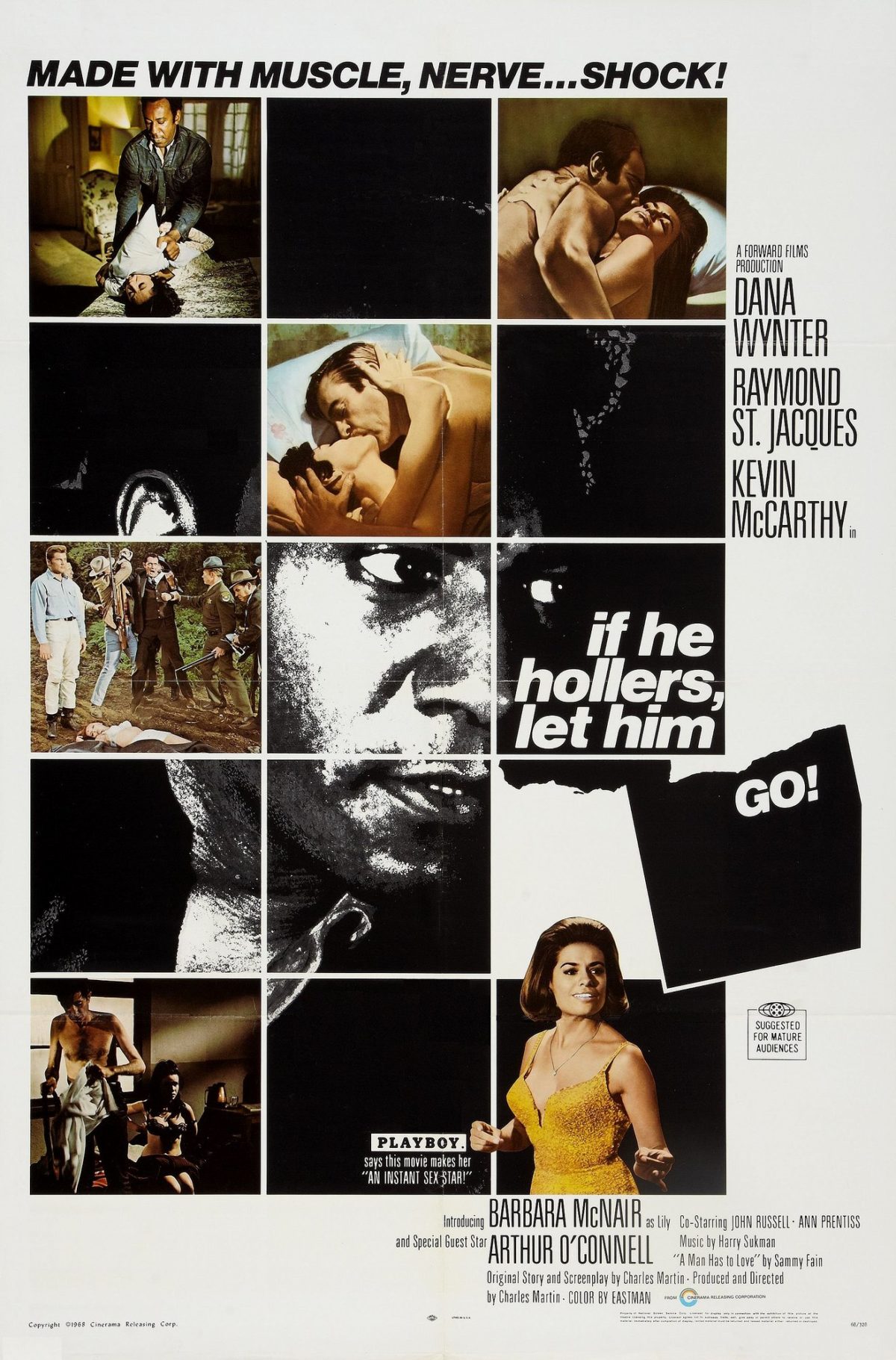This year, the post Eppler-Del-Rosario Thanksgiving movie was “Glass Onion: A Knives Out Story.” The 12 of us that could still keep our eyelids from drooping after our feast piled into our various cars and traveled to the theater to settle in for two and a half hours of indulgence in a classic murder mystery.
As I met the mostly white, star-studded cast of the thriller, I thought about the ways in which the people of color operated in the Noir film compared to the white leads. “Glass Onion” is definitely Noir not only because of the classic detective mystery tale, but of the decent into darkness as (Spoiler Alert!) Detective Blanc delves deeper into the shrouded, convoluted lives of the eight other people on the island.
Janelle Monae plays the lead Helen Brand, donning chic, classy dresses and expensive bold suits as she investigates the mystery of who killed her sister. My family and I unanimously agreed that she was the most talented actress and most prominent face in the movie, save for Detective Blanc (Daniel Craig) himself.
Still, Helen’s success only comes after going to Blanc for help. She needs this powerful, important, smart white man to direct her, to formulate the plan, and to give her the clues towards answers he has already decided in order to take down her enemy. While Helen is smart, good-hearted, and tough, she is nothing without the rich, straight, educated white man who paves her path.
In Noir, black women and other foreign and “othered” characters exist because of the existence of the white person. Likewise, the white female cannot exist without the white man. Ellen’s purpose is to help Hugh—a man she’d only met hours before. Alice is in love with Bob, despite his beratement. And Brigid O’Shaughnessy comes to Sam Spade for help, and despite her intelligence, cannot outsmart Spade, and cannot survive without his protection. Blanche—while sassy, strong, and capable—needs the presence of a white family to keep her invisible from the Sherriff.
Noir exists in a place of fiction (or semi-fiction in the case of Trick Baby). Still, even in these fantastical worlds, the “other” relies on the aid of the “akin” to survive. Perhaps, then, Noir can never really be focused around the other. The white man and (and his world) are the other’s crutch they must rely upon to keep them relevant in the Noir world. Instead, it is a story about the white man, featuring the foil—the other. “Glass Onion” is Blanc’s tale, not Helen’s. Bob and Hugh’s stories are defined by the white men that hunt them down. Even Blanche’s story surrounds around the white family who she knows have the power to control the fate of her entire life (Neely 129).

You did such a great job in writing this blog post. I love your point when you said that in Noir every character has been forced to take a shape that is heavily influenced by the white man. Describing it as a crutch is very well said especially considering that the white man are the ones who created a status quo for the “other” to prevail out of.